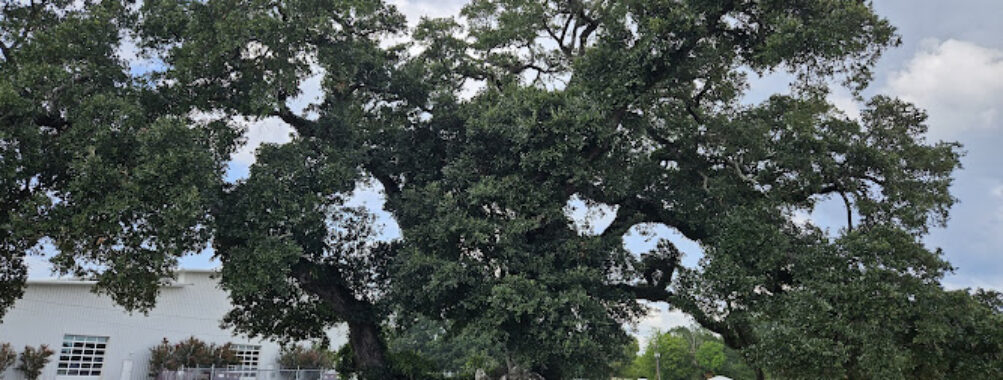
Survivor Oak
Table of Contents
Description
Standing proudly in the heart of nature’s theater, the Survivor Oak is more than just your average tree – it’s a living testament to resilience and time itself. This magnificent oak has weathered countless storms, seen generations come and go, and still stands tall with a trunk that tells a thousand stories. I was absolutely blown away the first time I laid eyes on its sprawling canopy, which provides a natural umbrella stretching what feels like miles across the landscape.
Key Features
• Ancient trunk measuring several feet in diameter, showcasing centuries of growth rings
• Sprawling root system visible at ground level, creating fascinating natural patterns
• Massive canopy providing natural shade and habitat for local wildlife
• Distinctive bark patterns that speak to its age and survival through various environmental challenges
• Natural benches formed by exposed roots – perfect for contemplative moments
• Seasonal color changes that transform the tree throughout the year
• Historical markers detailing the tree’s significance to local history
• Perfect spot for nature photography, especially during golden hour
Best Time to Visit
Look, I’ll be straight with you – this majestic oak is stunning year-round, but if you want my honest opinion, autumn is when the magic really happens. The leaves turn this incredible shade of golden-amber that practically glows in the late afternoon sun. Early mornings tend to be quieter, and that’s when you’ll catch the best light for photos. Spring brings new life with fresh leaves and visiting songbirds, while summer offers the densest shade coverage – a blessing on those scorching days. And don’t write off winter – that’s when you can really appreciate the oak’s impressive skeletal structure.
How to Get There
The Survivor Oak sits in an easily accessible location with a well-maintained path leading right to it. From the main parking area (which, by the way, includes wheelchair-accessible spots), you’ll find clear signage pointing the way. It’s about a five-minute walk on a flat, paved trail. I always tell folks to wear comfortable shoes anyway – you’ll want to walk around the tree to take in all its angles.
Tips for Visiting
Alright, here’s what I’ve learned from my multiple visits to this remarkable tree. Bring a camera – trust me, your phone camera won’t do justice to the sheer scale of this beauty. Pack water and maybe a small picnic – there’s something special about sitting under those ancient branches while enjoying a snack. Morning visits typically mean fewer people around, giving you more space to explore and photograph without interruption.
Keep your eyes peeled for wildlife – I’ve spotted everything from squirrels to various bird species making their home in the oak’s branches. If you’re into photography, that golden hour light filtering through the leaves is absolutely unreal. And yes, touching the tree is allowed, but please be gentle – this old timer has earned our respect.
During wet weather, watch your step around the root system – it can get a bit slippery. Oh, and don’t forget to check the weather forecast before heading out. The area is well-maintained, but it’s always smart to plan ahead.
Bring along a sketchpad if you’re artistically inclined – this tree has inspired countless artists over the years, and I can see why. There’s just something about its twisting branches and weathered bark that begs to be captured on paper. And if you’re planning to take family photos, the tree provides an incredible natural backdrop – just try to avoid peak hours when other visitors might be around.
Remember to respect the space – this isn’t just any tree, it’s a living piece of history. Take your time here. Sometimes I just sit and think about all the stories this oak could tell if it could talk. Y’know what I mean?
Location
Places to Stay Near Survivor Oak
Find and Book a Tour
Explore More Travel Guides
No reviews found! Be the first to review!